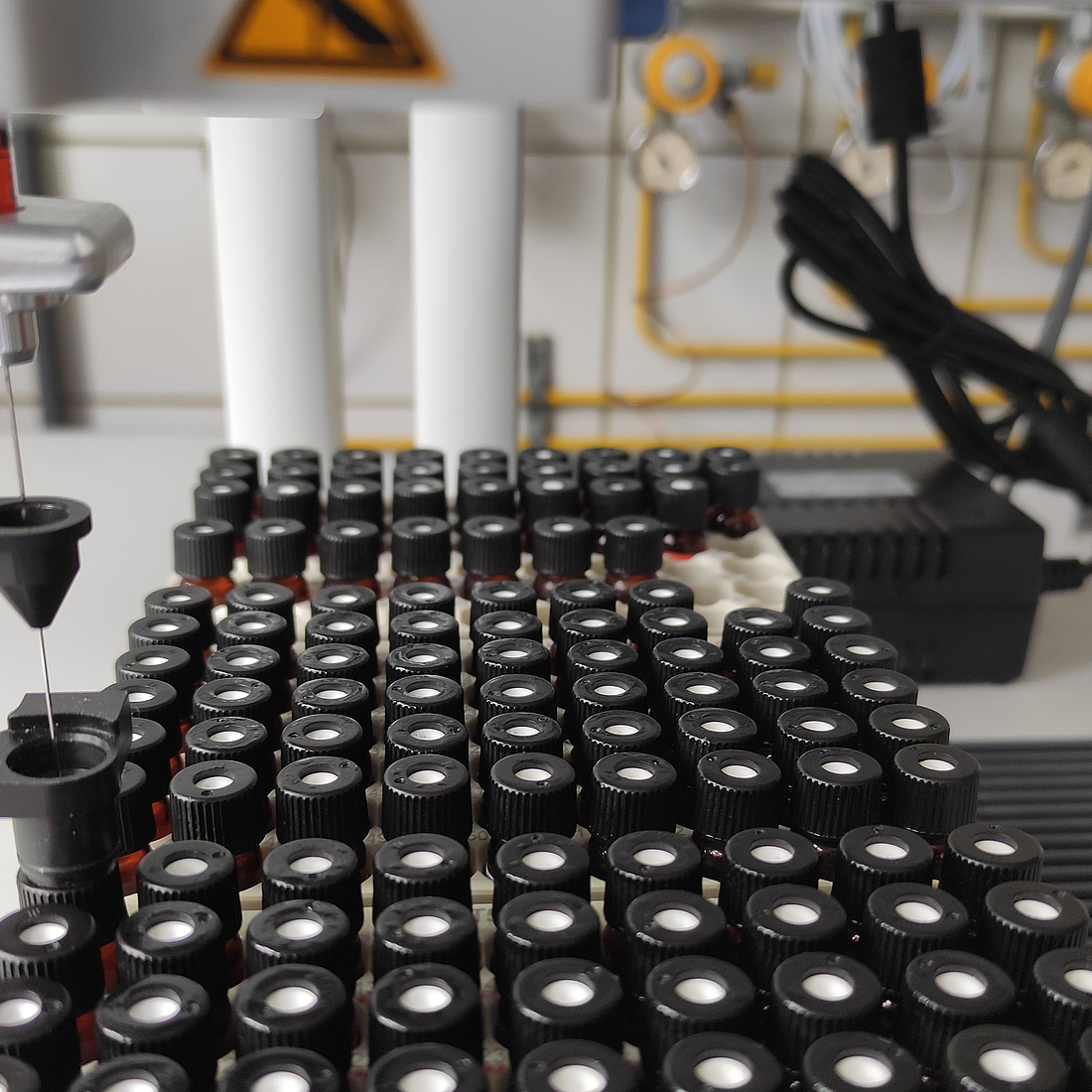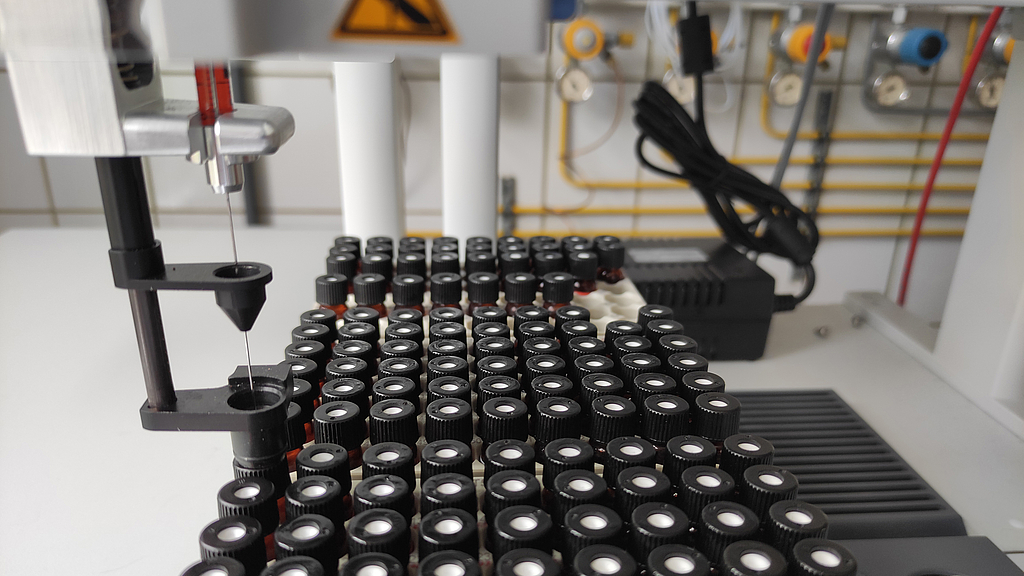From sample to result – a lab work overview
Collecting samples in the North Sea is very complex and requires a lot of planning and time. The samples are water and sediment, but also mussels, fish and other biota such as starfish, algae and crawfish, as well as so-called passive samplers. All of them may contain larger or smaller amounts of explosive chemicals. The next step, however, to get from the sample to a result, is just as time-consuming as the collection. But what exactly does a scientist have to do to get as meaningful a measurement result as possible from the sample material? The analysis can be divided into three main steps, depending on the starting material: The sample material is washed or dried, then extracted and finally it is measured to see whether explosive chemicals are present in the samples and if so, in what quantity.
Sample preparation
A sample from the marine environment usually contains many other substances that can interfere with the measurements. This includes water, for example. Living organisms and sediment contain a lot of water. To remove the water, the material, i.e. sediment, mussels and others, is freeze-dried. To do this, the samples are deep-frozen and the pressure is reduced so that the water in the samples passes directly from liquid to gaseous form. This is a good trick, because with this method, drying can be particularly gentle. The water no longer interferes with the subsequent analysis and the explosives that may be contained are preserved. The sample material can then be pulverized and extracted. For this purpose, certain solvents are used in which the explosive chemicals dissolve particularly well.
Water samples, on the other hand, cannot be freeze-dried whole. A water sample consists of a litre of water and that is simply too much for this method. This is where the so-called solid phase extraction comes into play. For this purpose, the water samples are filtered through a small cartridge that is no bigger than a syringe, like the ones you can find at any doctor's office. The syringe contains a material to which the substances dissolved in the water bind and are thus filtered out of the water sample. After the water has passed through, the collected substances can be dissolved out of the material again with a special solvent and analysed. The sample is now free of other interfering substances and at the same time so concentrated that the measuring device can also detect traces of the explosives that would not have been detected in a whole litre of water.
Collecting samples in the North Sea is very complex and requires a lot of planning and time. The samples are water and sediment, but also mussels, fish and other biota such as starfish, algae and crawfish, as well as so-called passive samplers. All of them may contain larger or smaller amounts of explosive chemicals. The next step, however, to get from the sample to a result, is just as time-consuming as the collection. But what exactly does a scientist have to do to get as meaningful a measurement result as possible from the sample material? The analysis can be divided into three main steps, depending on the starting material: The sample material is washed or dried, then extracted and finally it is measured to see whether explosive chemicals are present in the samples and if so, in what quantity.
Partner
-


